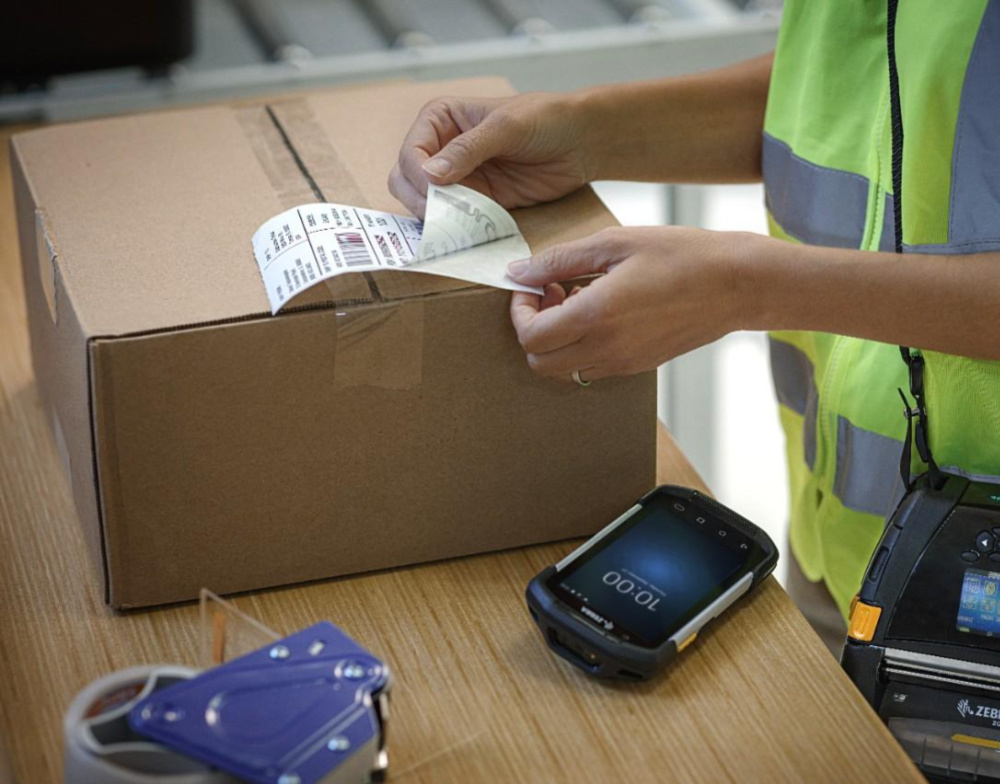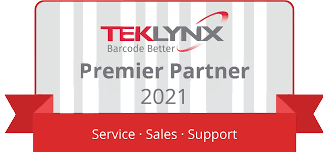In the dynamic landscape of asset tracking and management, the adoption of a Radio-Frequency Identification (RFID) system can offer significant benefits. Whether your focus is on inventory management, supply chain visibility, or asset tracking, building a robust RFID tracking system requires careful planning and systematic execution. Let’s delve into a detailed guide to help you navigate each crucial step:
Steps to Building a comprehensive RFID Tracking System
1. Define Objectives and Requirements: At the onset, carve out a clear path by meticulously defining the objectives of your RFID tracking system. Whether it’s the quest for real-time inventory insights, precision in asset location tracking, or the optimization of specific operational processes, articulate your goals. Outline specific requirements, including the desired reading range, data storage capacity, and seamless integration capabilities with existing systems.
2. Choose RFID Technology: Navigate through the RFID technology landscape with a discerning eye, selecting the most fitting option for your unique application. Passive RFID, drawing power from the reader, proves suitable for short-range applications, while active RFID, armed with its power source, extends reading ranges significantly. Factor in the frequency band (LF, HF, UHF) based on environmental conditions and the inherent characteristics of the objects slated for tracking.
3. Select RFID Tags: In the world of RFID, the tag becomes your silent protagonist. Choose RFID tags with precision, aligning them with your application’s distinctive needs. Tags don various form factors, from adhesive labels to durable cards and ruggedized hard tags. Tailor your selection to environmental nuances, opting for tags designed explicitly for harsh conditions or specific materials.
4. Deploy RFID Readers: Strategically position RFID readers to form a seamless blanket of coverage over your desired read zones. Delve into factors such as reader range, potential interference, and network connectivity during their placement. Establish a robust connection between readers and the backend system to ensure efficient data processing, facilitating a harmonious flow of information.
5. Backend System Integration: The true power of an RFID system unveils itself in its seamless integration with existing enterprise software. Harmonize your RFID tracking system with systems like ERP, inventory management, or warehouse management. Verify compatibility with data formats (e.g., EPC, UID) and communication protocols (e.g., MQTT, HTTP), fostering a frictionless exchange of information between systems.
6. Data Security and Privacy: As the guardian of invaluable data, fortify your RFID system with robust security measures. Erect barriers against unauthorized access or tampering. Address privacy concerns with a meticulous approach, adhering to regulations governing the collection and handling of sensitive information. Encryption and access controls should stand as stalwart defenders of data integrity.
7. Testing and Optimization: Before the grand debut, subject your RFID tracking system to a series of comprehensive tests in controlled environments. Fine-tune the system based on real-world performance considerations, including tag orientation, potential interference, and the identification of any operational dead zones.
8. User Training: Empower your workforce with the knowledge to navigate the intricacies of the RFID tracking system. Provide comprehensive training for end-users and personnel entrusted with system management. Equip them with troubleshooting skills and guidelines for promptly reporting any issues. A well-trained workforce becomes the linchpin for successful system implementation and sustained excellence.
9. Scale and Expand: Design your RFID tracking system with scalability at its core, anticipating and accommodating future growth. Plan for additional RFID tags, readers, or expanded functionalities as your business experiences evolution. Regularly assess system performance and make enhancements aligned with evolving business requirements.
10. Continuous Improvement: Cultivate a culture of perpetual enhancement by implementing a robust monitoring and feedback system. Continually evaluate the performance of your RFID tracking system and stay abreast of technological advancements in RFID. This proactive approach enables you to leverage new features and improvements, ensuring your system aligns seamlessly with the ever-evolving needs of your business.
Build Your Own RFID Tracking System Today!
Building an RFID tracking system involves a multifaceted approach, integrating technology, user training, and ongoing refinement. Following these steps will help you create a dynamic RFID ecosystem that enhances operational efficiency, bolsters visibility, and contributes to the overall success of your business. Take action today and Contact a ValuTrack Technology Specialist to learn more about how we can help you deploy a custom RFID tracking system into your organization.

Explore ValuTrack’s RFID Services
When it comes to RFID, ValuTrack does it all. We provide a full suite of solutions and services, specializing in assisting organizations to achieve a higher level of efficiency and accuracy than ever before while freeing up human resources to focus on more important revenue-generating tasks. What sets us apart from the competition is our ability to reshape your organization by providing you with complete visibility of your assets so that you can make intuitive business decisions.
We’re Here to Help
Contact us to Start the Modernization Process
Looking for more information about a specific technology solution? Feel free to ask us about pricing, data sheets, and demos, or schedule a free in-person/online consultation for strategic guidance from one of our experts.
Fill out the inquiry form or contact us to start the process.










